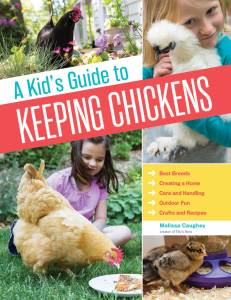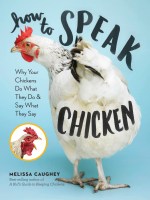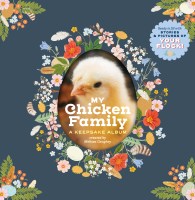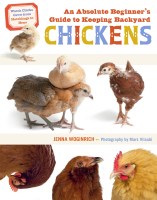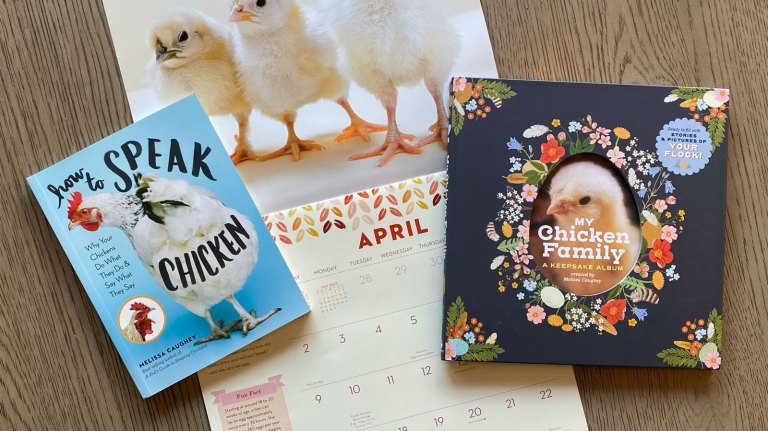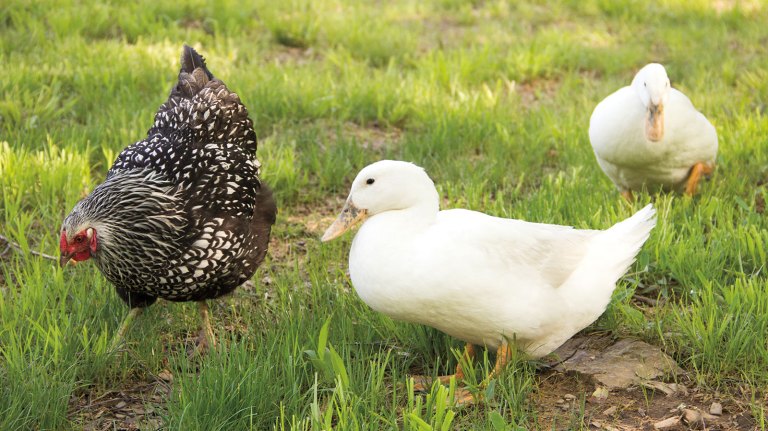Speaking Chicken
Your backyard flock has a lot more to say than just “Bok, bok, bok.”
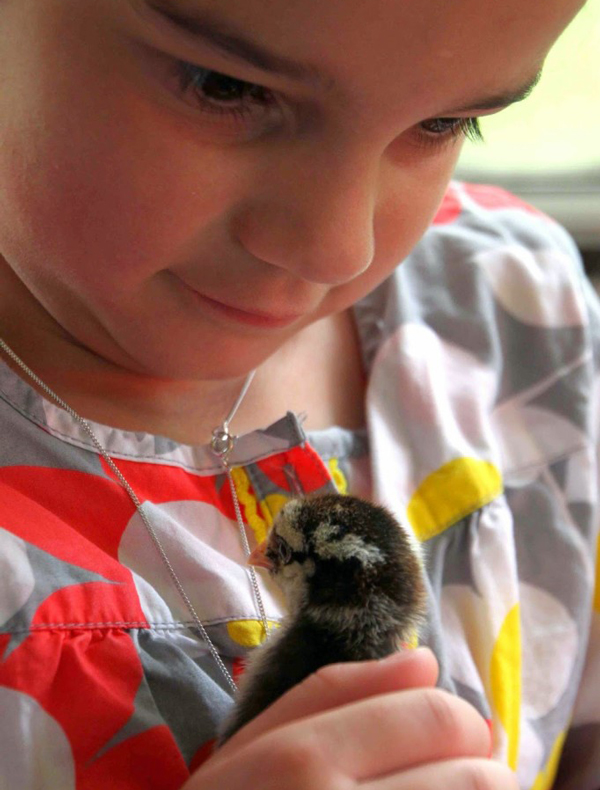
Chickens are pretty amazing birds.
The more time you spend with them, the more you come to appreciate their beauty, their eggs, their personalities, and their ability to communicate. In my family, the language of chickens continually amazes us. Scientists have discovered that chickens have more than 30 recognizable phrases used for communication, and we agree!
“Chicken” is an easy language to learn.
The best way to learn what your chickens are saying is through observation. Simply pull up a seat, watch, and listen. Some of the first sounds you’ll get to know are the peeps of happy and content chicks; they express themselves with peppy little peeping sounds as they wander around the brooder exploring their environment. Loud and deliberate peeping signals that the chicks are too cold or that something else is wrong. My favorite chick sounds are pleasure trills. As you watch those new baby chicks drift off to sleep in their brooder, you will hear quiet, subtle, melodic sounds that would be easy to mistake for a cat’s purr. Don’t be mistaken — these are pleasure trills, a chick’s expression of utter contentment.
Chicks don’t develop “adult” chicken sounds until they are around ten weeks of age.
During this time, their peeps and squawks begin to evolve into more purposeful communication. As your flock grows, listen to them. You will surely pick up a bit of their language and come to recognize their sounds. Some are obvious, like the crowing of a rooster, while others are subtle.
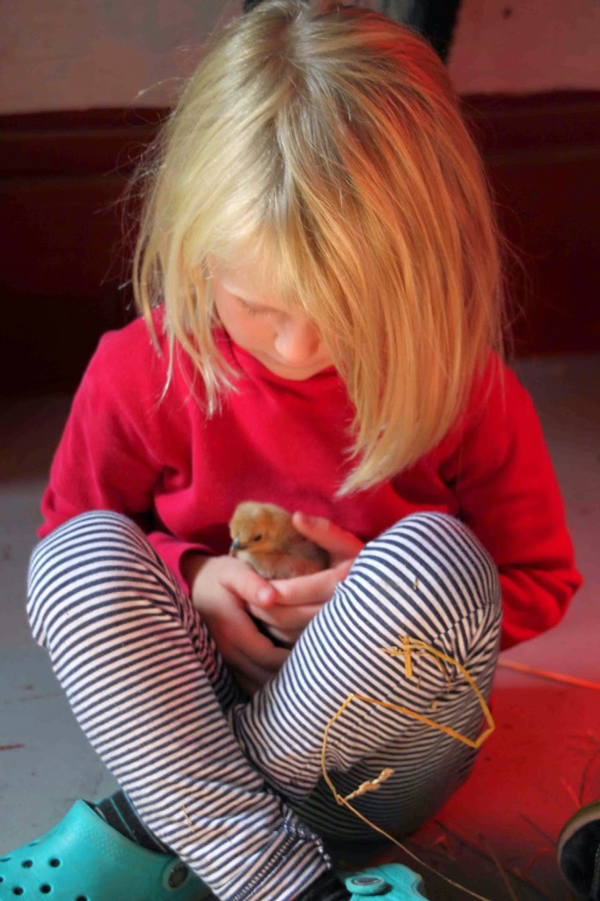
They will entertain you as they announce that they need to lay an egg, and again, moments later, as they sing the “egg song” that heralds the arrival of a warm egg in the nesting box. They will come and check you out, cocking their heads from side to side, and finally they will say hello: “Buh-dup.” They will even share with others that a threat is nearby.
One of my favorite things our hens do is say goodnight to us.
As we go in to lock up the coop at night, we are greeted in the darkness by quiet strings of coos, trills, and “doh, doh, dohs.” I like to think of these as “grown-up” pleasure trills. Yes, most nights we linger and answer each and every one. Here is what our goodnight conversations sound like.
As you learn to speak chicken, you’ll find that the language of chickens is universal. It doesn’t matter if we are at home with our own flock or visiting friends’ chickens. They all seem to speak the same language, and to me that is just simply amazing!
Text © Melissa Caughey.
Covering everything from feeding, housing, and collecting eggs to quirky behaviors and humane treatment, Caughey’s engaging advice helps children understand the best ways to care for their chickens. Spark enthusiasm with creative activities like chicken forts and a veggie piñata for the flock, and feed more than the imagination with egg-centric dishes like Mexican egg pizza.
